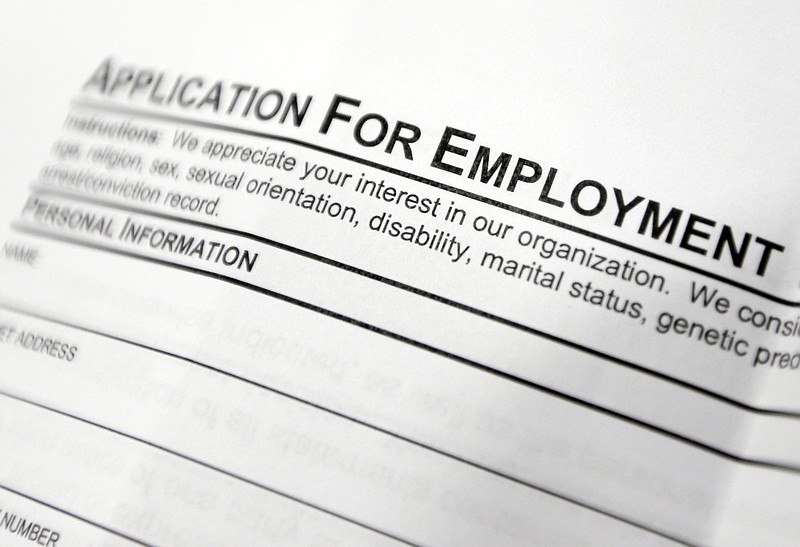While jobless claims rose last month to a record high, the unemployment rate ahead of the recent shutdowns due to the coronavirus remained near historic lows.
The Tennessee Department of Labor and Workforce Development said that the jobless rate in the 6-county Chattanooga metropolitan area remained steady in February at 3.6%. Unemployment was also steady at 3.8% in neighboring metro Cleveland, Tenn. The jobless rate reached an all-time low in Chattanooga last April when unemployment fell to only 2.8%.
Chattanooga area employers added a net 5,966 jobs from February 2019 to February 2020, according to state figures released Thursday. But Chattanooga's jobless rate still rose two tenths of a percentage point in the past 12 months due to an even bigger increase in the labor market of those working or looking for jobs.
In Southeast Tennessee, the jobless rate was lowest during February in Hamilton County at 3.6% and highest in Bledsoe County at 6%.
Unemployment in metro Chattanooga has been below 4% since the summer of 2018, but economists expect joblessness to jump this spring with most restaurants, retail stores and entertainment and sporting facilities shut down to help control the spread of the COVID-19 virus.
Nuclear workers work longer shifts
U.S. nuclear plants will be allowed to keep workers on longer shifts to deal with staffing problems in the coronavirus pandemic, raising worries among watchdogs and some families living near reactors that employee exhaustion will increase the risks of accidents.
The Nuclear Regulatory Commission's decision to temporarily allow longer worker shifts is one way the industry is scrambling to keep up mandatory staffing levels through what will be weeks or months more of the outbreak.
The shift extensions would allow workers to be on the job for up to 86 hours a week. Currently, they're generally allowed to work up to 72 hours in a seven-day period. As part of the waiver, workers could be assigned to 12-hour shifts for as many as 14 days in a row.
Nuclear plant workers already are having their temperatures checked on arrival for each shift, and employers are studying options including having workers temporarily live at plants full-time.
